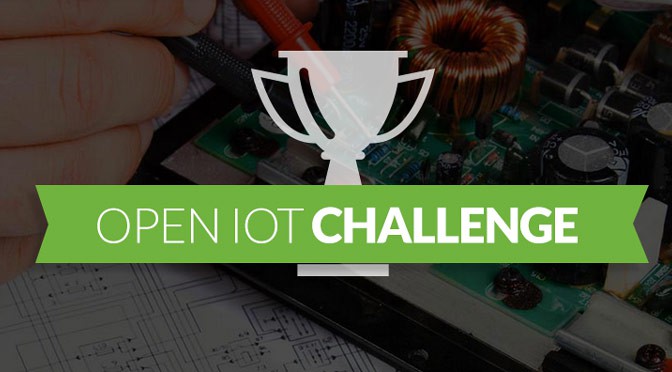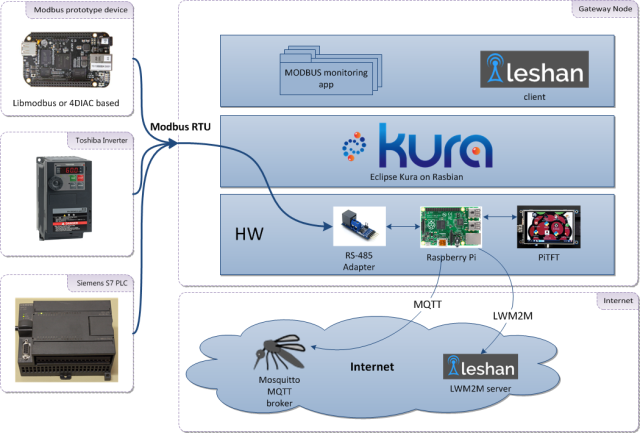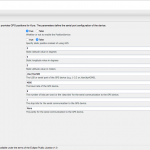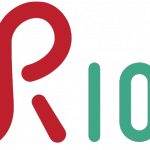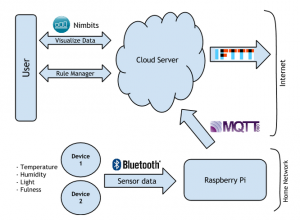EclipseCon is literally around the corner, and I am looking forward to seeing old and new friends next week in California. Of course I will have a particular interest in everything IoT, and in particular the IoT Day on Wednesday March 11.
You still have time to register for the event, and here are three reasons why you really want to:
1. Learn from the experts
There are many IoT conferences, no doubt about that, but unfortunately many of them barely scratch the surface on what’s needed to make IoT work . The speakers for the IoT Day all have years of expertise in building actual IoT solutions.
You will learn about IoT Security from Sierra Wireless, how to implement standard Device Management for your gateways from Eurotech, and much more.
2. Discuss concrete solutions to IoT’s hottest topics
Everyone talks about how important security is for IoT but no one really seems committed to providing actual solutions. Fortunately, we will learn how market leaders like Verisign and Sierra Wireless do implement security nowadays. And yes, they think open-source is going to be key!
IoT is also going to be about engaging with developers, and I’m looking forward to learning more on how Zebra Technologies is designing its IoT platform APIs and how they are leveraging open standards to appeal to IoT developers.
3. Meet Eclipse IoT project leaders
EclipseCon is of course the opportunity to meet with the developers behind Eclipse open source projects. If you are even remotely interested in IoT, I’m sure you’ve already used or plan on using an Eclipse project (if you’re doing MQTT, chances are that you are using Paho or Mosquitto, same if you’re into Device Management, with Leshan and Wakaama, etc.) and what best than discussing with the people working on these projects to learn how to make the best of them, or propose improvements, bug fixes, etc.
Some of our newest projects will also be represented, in particular Eclipse Vorto which is going to be a critical enabler for IoT interoperability.
By the way, if you are joining us for the whole EclipseCon event and are in town all week, we are getting together for dinner on Monday 9. So feel free to add your name to the list and I’ll be happy to see you there! 


